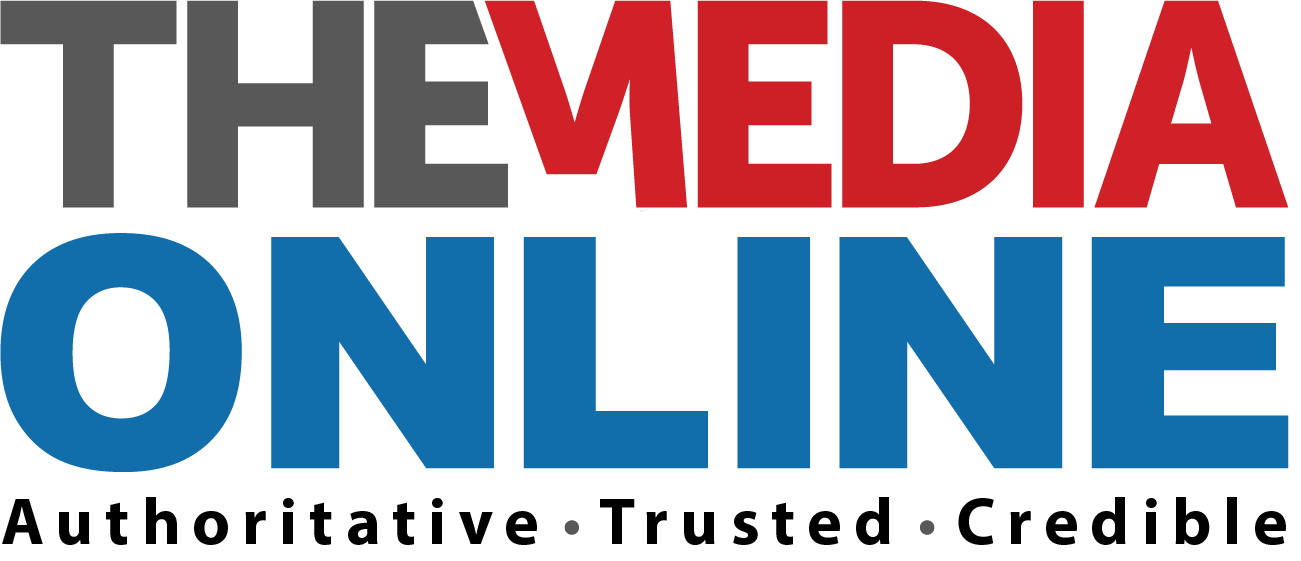I thought I was terrible at my job. I’d look at interfaces that everyone praised and think, “This is confusing” or “This makes me anxious.” I assumed the problem was me. I was constantly masking, building workarounds, triple-checking everything, staying late to finish what others did in half the time.
Then, I got clinically diagnosed with ADHD. At 38.
The diagnosis did more than explain my struggles. It shattered the lens I’d been looking through. I discovered something nobody wants to admit: 19% of African adults identify as neurodivergent. We’re not edge cases. We’re one in five users.
Designing for a user that doesn’t exist
Every interface I examined was optimised for sustained linear attention, heavy working memory and high tolerance for cognitive load. Forms asking for 15 pieces of information when three would do. Dashboards with 12 competing calls-to-action. Emails burying the key point in paragraph four.
These weren’t bad designs – they were designed by neurotypical minds for neurotypical minds.
I started seeing invisible barriers everywhere. Why do videos autoplay? Why do forms reset when you make one error? Why are CTA buttons animated with urgent language?
These decisions were all based on unconscious assumptions about how the brain works.
My brain showed me these were design decisions creating failure points for one in five users.
Inclusivity benefits everyone
Companies talk about accessibility, but what they mean is compliance. It’s the old story of retrofitting ramps after building stairs.
But we’re not even having the conversation about cognitive accessibility. We have robust frameworks for visual accessibility, mobile responsiveness, and SEO. We have almost nothing for cognitive load. No standards. No testing protocols. Barely any vocabulary.
Companies spend millions on UX research but never include neurodivergent users – not out of a malicious desire to exclude us, but because we’re invisible. They don’t see what they’re missing because they’re designing with their own cognitive operating system as the default.
But here’s what shocked me most: When you start designing for my brain, reducing cognitive load, creating clear pathways, and eliminating unnecessary friction, conversion rates go up across the board. Everyone benefits.
It turns out the accommodations needed for neurodivergent users aren’t accommodations at all. They’re better design considerations. But the industry is so busy optimising for complexity, we miss the power of clarity.
Case in point: Companies optimise check-out flows for neurotypical users in ideal conditions – sitting at a desktop, undistracted, with all information readily available, feeling no purchase anxiety. They’re designing for the minority of customers.
The majority are on mobile while walking, distracted by notifications, anxious about spending, unsure if they have all the info, ADHD and forgot what they were doing, dyslexic and struggling with form labels, autistic and confused by ambiguous language.
When designing check-out for a neurodivergent user with ADHD on mobile, you create a check-out for everyone in non-ideal conditions.
Non-ideal conditions are the norm.
What needs to change
Design reviews check brand guidelines, responsiveness, WCAG contrast requirements, and component documentation. Boxes ticked? Ship it.
Notice what’s missing: any evaluation of cognitive load, working memory requirements, or attention design.
A design can check every box and still be completely unusable for neurodivergent users. We’d never know until conversion rates disappoint.
I’d add one mandatory annotation to every design review: Cognitive Load Documentation. We annotate “this button is 44px for touch targets.” So, why not annotate cognitive considerations?
Working memory count: How many pieces of information must users hold simultaneously? Research shows the average person keeps seven items in working memory.
Attention demands: How many competing focal points exist on this screen?
Decision points: How many choices must users make to complete this task?
This changes the conversation in design reviews. Instead of “Looks great, ship it,” you get, “I’ve flagged three high cognitive load screens. Screen 2 requires users to hold four pieces of information in working memory. Password creation is creating a breaking point.”
When you implement this, other changes follow. Designers start thinking cognitively by default. Product managers ask, “What’s the working memory count?” as often as “What’s the conversion rate?”. Engineers understand why specific patterns matter.
The beauty of this approach: it makes the invisible visible. Once you annotate cognitive load, you don’t unsee it. You see cognitive overload in every multi-step form, every dashboard, every onboarding flow. Once the team sees it, they don’t build the same way again.
Who’s moving first
The industries moving fastest are those exploiting neurodivergent vulnerabilities or inadvertently helping while optimising for other metrics. TikTok, mobile games, fintech, and productivity tools are leading the charge.
Meanwhile, industries claiming to care produce the least usable products. Healthcare, education, and finance have captive audiences and no competitive pressure.
Enterprise tech with neurodiversity hiring programmes? A multinational bank reported employees in neurodiversity programmes were 90-140% more productive. However, their products remain cognitively inaccessible.
Real change won’t come from awareness. It’ll come from economic incentives aligning, competitive pressure mounting, and neurodivergent designers reaching leadership positions.
We’re in the accidental phase. The intentional phase begins when someone proves the business case so clearly that competitors are compelled to follow. That proof doesn’t come from a report. It comes from a competitor eating your lunch because their product works for 20% more brains than yours.
Nobody owns this yet
Gaming thinks it’s doing accessibility. Fintech believes it’s doing mobile UX. Productivity tools think they’re reducing overwhelm. But nobody has named it, claimed it, or built the framework around it.
The company or person who does this first becomes the category leader. You become the authority when designers check what you recommend, companies use your framework, the press interviews you about the trend, and conferences ask you to keynote.
My ADHD became the lens through which the future of design was revealed. Once you see these patterns, you don’t unsee them. Those companies that understand this first will have a 20% market advantage.
The question is: are you willing to do the work to get there?
Yusuf Abrahams, is founder and experience director at App Your Game, a VML supplier development partner.














